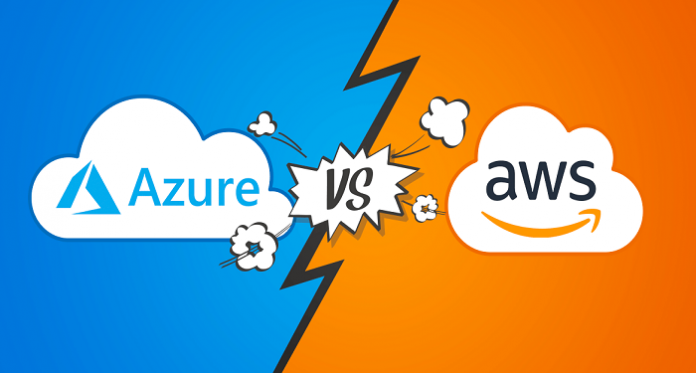According to increased revenues and noted an accelerated pace of growth, companies which are involved with Software-as-a-Service (SaaS) and cloud computing services have become some of the top growing industries in the market in the last several years.
Moreover, due to the fact that these sectors are recording increased demand during the last several years, SaaS and cloud computing are said to be solid investments in the long run and for the short-term gains.
Companies like Zendesk in the sector of Software-as-a-Service, and Amazon and Microsoft’s Azure in the domain of cloud computing services are all marking major success in the period of the last several years, which is how these sectors are attracting investors’ attention, despite the fact that many analysts are predicting a rough period in the markets ahead of us.
Perhaps SaaS has seen some of the most accelerated rates of growth in oppose to other similar industries in the course of the past several years, while cloud computing is also recording surging in growth and revenues in the past year.
Zendesk and Salesforce are probably some of the top companies in the industry of SaaS, reporting the annual growth by 39% for Zendesk in revenues during the course of a single year, and 25% for Salesforce within the same timeframe.
Moreover, Microsoft’s Azure and Amazon are some of the leading companies in the industry of cloud computing, with Amazon Web Service reporting a consecutive growth of 49% in revenues in the period of one year, concluded with the last Q2 report.
Azure has an even faster rate of growth where the last report showcased an amazing growth of 89% from year to year for Microsoft’s cloud computing company.
What is Saas? Saas Stands for?
Software as a service (SaaS) is a software distribution model in which a third-party provider hosts applications and makes them available to customers over the Internet. SaaS is one of three main categories of cloud computing, alongside infrastructure as a service (IaaS) and platform as a service (PaaS).
SaaS is closely related to the application service provider (ASP) and on-demand computing software delivery models. The hosted application management model of SaaS is similar to ASP, where the provider hosts the customer’s software and delivers it to approved end users over the internet. In the software on demand SaaS model, the provider gives customers network-based access to a single copy of an application that the provider created specifically for SaaS distribution. The application’s source code is the same for all customers and when new features or functionalities are rolled out, they are rolled out to all customers. Depending upon the service level agreement (SLA), the customer’s data for each model may be stored locally, in the cloud or both locally and in the cloud. Organizations can integrate SaaS applications with other software using application programming interfaces (APIs). For example, a business can write its own software tools and use the SaaS provider’s APIs to integrate those tools with the SaaS offering.
There are SaaS applications for fundamental business technologies, such as email, sales management, customer relationship management (CRM), financial management, human resource management (HRM), billing and collaboration. Leading SaaS providers include Salesforce, Oracle, SAP, Intuit and Microsoft.
SaaS applications are used by a range of IT professionals and business users, as well as C-level executives.
Advantages
SaaS removes the need for organizations to install and run applications on their own computers or in their own data centers. This eliminates the expense of hardware acquisition, provisioning and maintenance, as well as software licensing, installation and support. Other benefits of the SaaS model include:
Flexible payments: Rather than purchasing software to install, or additional hardware to support it, customers subscribe to a SaaS offering. Generally, they pay for this service on a monthly basis using a pay-as-you-go model. Transitioning costs to a recurring operating expense allows many businesses to exercise better and more predictable budgeting. Users can also terminate SaaS offerings at any time to stop those recurring costs.
Scalable usage: Cloud services like SaaS offer high vertical scalability, which gives customers the option to access more, or fewer, services or features on-demand.
Automatic updates: Rather than purchasing new software, customers can rely on a SaaS provider to automatically perform updates and patch management. This further reduces the burden on in-house IT staff.
Accessibility and persistence: Since SaaS applications are delivered over the Internet, users can access them from any Internet-enabled device and location.
Disadvantages
But SaaS also poses some potential disadvantages. Businesses must rely on outside vendors to provide the software, keep that software up and running, track and report accurate billing and facilitate a secure environment for the business’ data. Providers that experience service disruptions, impose unwanted changes to service offerings, experience a security breach or any other issue can have a profound effect on the customers’ ability to use those SaaS offerings. As a result, users should understand their SaaS provider’s service-level agreement, and make sure it is enforced.
Find all AWS Cloud Computing, Zendesk Chat, Yext, Boeing Software, Amazon Prime, Microsoft Azure vs AWS, Saas Software News in TheOofy.com.




